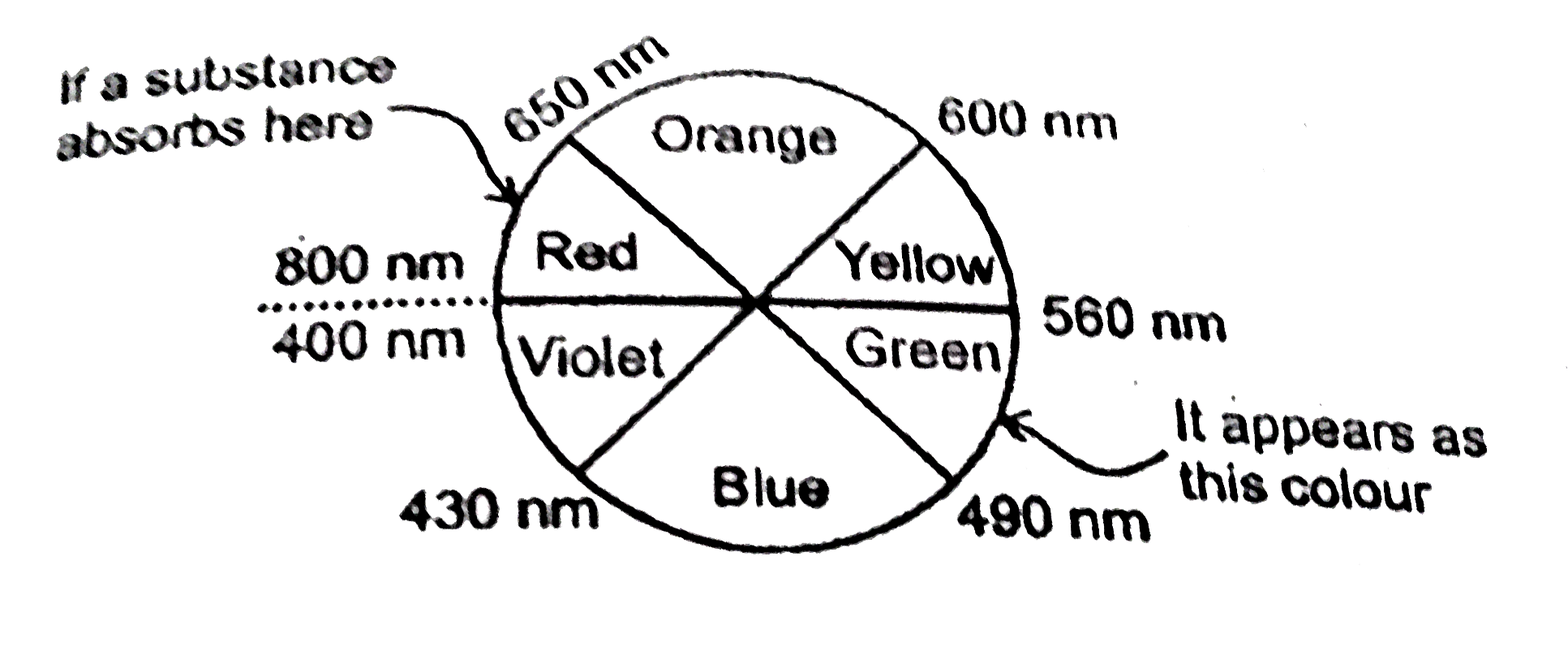The magnitude of crystal field stabilisation energy in octaheral field depends on:
(I) the nature of the ligand
(II) the charge on the metal ion.
(III) whether the metal is in the first, second or third row of the transition elements
I, II, III only correct
I, II only correct
II, III only correct
III only correct
The correct Answer is:A
Topper's Solved these Questions
- CO-ORDINATION COMPOUNDSBOOK - VK JAISWALCHAPTER - CO-ORDINATION COMPOUNDSEXERCISE - LEVEL 3 (PASSAGE TYPE)
97 Videos
- CO-ORDINATION COMPOUNDSBOOK - VK JAISWALCHAPTER - CO-ORDINATION COMPOUNDSEXERCISE - ASSERTION-REASON TYPE QUESTIONS
26 Videos
- CO-ORDINATION COMPOUNDSBOOK - VK JAISWALCHAPTER - CO-ORDINATION COMPOUNDSEXERCISE - SUBJECTIVE PROBLEMS
43 Videos
- CHEMICAL BONDING (BASIC)BOOK - VK JAISWALCHAPTER - CHEMICAL BONDING (BASIC)EXERCISE - Level 3 (Passive 11)
6 Videos
- d-BLOCK ELEMENTSBOOK - VK JAISWALCHAPTER - d-BLOCK ELEMENTSEXERCISE - SUBJECTIVE PROBLEMS
6 Videos
Similar Questions
Knowledge Check
Crystal field theory views the bonding in complexes as arising from electrostatic interaction and considers the effect of the ligand charges on the energies of the metal ion d-orbitals
In this theory, a ligand lone pair is modelled as a point negative charge that repels electrons in the d-orbitals of the central metal ion.The theory concentrated on the resulting splitting of the d-orbitals in two groups with different energies and used that splitting to rationalize and correlate the optical spectra,thermodynamic stability, and magnetic properties of complexes.This energy splitting between the two sets of d-orbitals is called the crystal field splitting Δ.
In general, the crystal field splitting energy Δ corresponds to wavelenght of light in visible region of the spectrum, and colours of the complexes can therefore be attributed to electronic transition between the lower and higher energy sets of d-orbitals.
In general, the colour that we see is complementry to the colour absorbed.

Different metal ions have different value of Δ, which explains why their complexes with the same ligand have different colour.
Similarly the crystal field splitting also depends on the nature of ligands and as the ligand for the same metal varies from H2O to NH3 to ethylenediamine, Δ for complexes increase.Accordingly, the electronic transition shifts to higher energy (shorter wavelength) as the ligand varies from H2O from NH3 to en, thus accounting for the variation in colour.
Crystal field theory accounts for the magnetic properties of complexes in terms of the relative values of Δ and the spin pairing energy P. Small Δ values favour high spin complexes, and large Δ values favour low spin complexes.
The [Ti(NCS)6]3− ion exhibits a single absorption band at 544 nm.What will be the crystal field splitting energy (in kJ mol−1) of the complex ? (h=6.626×10−34J.s,C=3.0×105m/s,NA=6.02×1023 ions/mole.A240B220C270D250
The values of the crystal field stabilization energies for a high spin d6 metal ion in octahedral and tetrahedral fields, respectively, are :
View SolutionThe values of the crystal field stabilization energies for a high spin d6 metal ion in octahedral and tetrahedral fields, respectively, are :
View SolutionThe complex ion that will lose its crystal field stabilization energy upon oxidation of its metal to +3 state is :

View SolutionThe complex ion that will lose its crystal field stabilization energy upon oxidation of its metal to +3 state is :

View SolutionWrite the names and atomic numbers of the following elements :
(i) The fourth alkali metal
(ii) The third alkaline earth metal
(iii) The fifth element of the first transition series
(iv) The first inner transition element and
(v) The sixth noble gas.
View SolutionHow would you account for the following :
(i) Among lanthanoids , Ln(III) compounds are predominant , However, occasionally in solutions or in solid compounds , +2 and +4 ions are also obtained .
(ii) The E∘M2+/M for copper is positive (0.34V ) . Copper is the only metal in the first series of transition elements showing this behaviour .
(iii) The metallic radii of the third (5d) series of transition metals are nearly the same as those of the corresponding members of the second series .
View SolutionHow would you account for the following ?
(i) Among lanthanoids, Ln (III) compounds are predominant. However, occasionally in solutions or in solid compounds, +2 and +4 ions are also obtained.
(ii) The E∘(M2+∣M) for copper is positive (0.34V). Copper is the only metal in the first series of transition elements showing this behaviour.
(iii) The metallic radii of the third (5d) series of transition metals are nearly the same as those of the corresponding members of the second series.
View Solution
